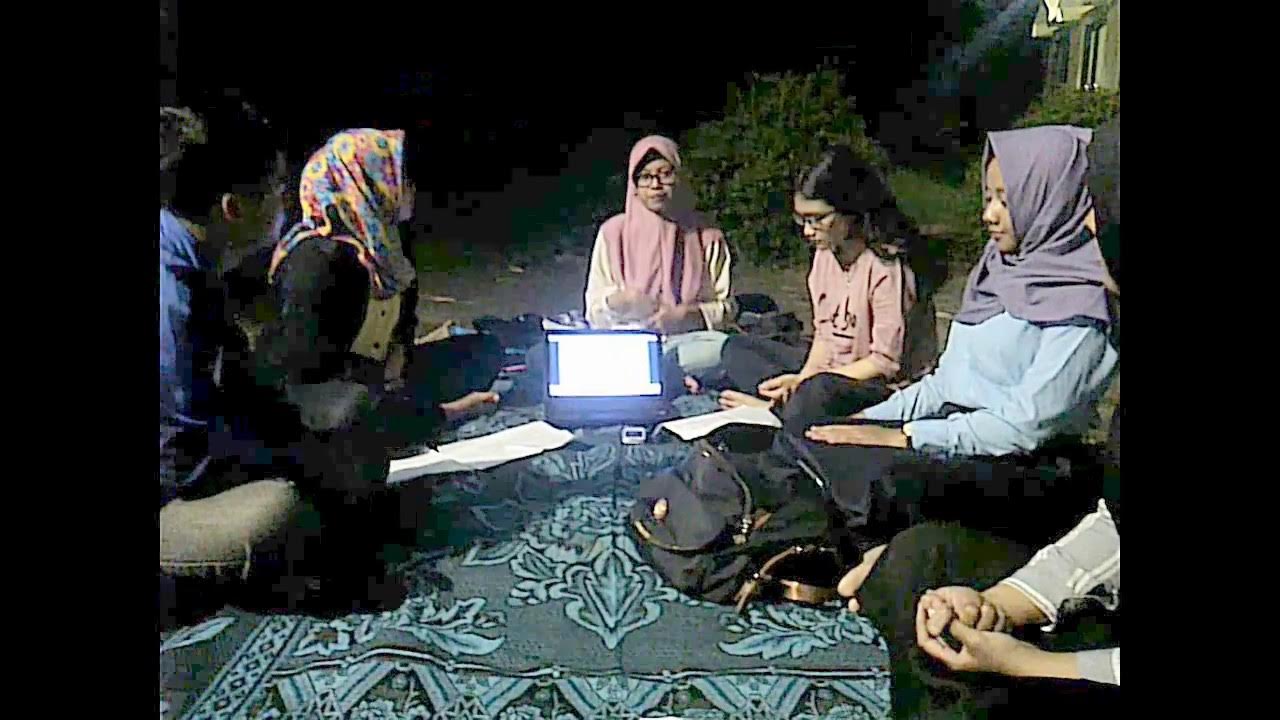LET'S LEARN HOW TO ASK AND GIVE DIRECTION!
Summary
TLDRThis English lesson focuses on asking for and giving directions, which is crucial for navigating new environments. The video covers essential topics such as compass points, prepositions of place (in, on, at), and common public places. It introduces key expressions for asking for directions, including examples like 'How do I get to Pandawa Beach?' and offers useful vocabulary for providing directions. Practical tips on using transition words and instructions like 'go straight' or 'turn right' are also highlighted. The lesson emphasizes the importance of practicing to master these skills.
Takeaways
- 😀 Directions are important when navigating a new environment, as it helps you ask for and give directions in English.
- 😀 Knowing the cardinal and ordinal directions (North, South, East, West, etc.) is crucial for giving accurate directions.
- 😀 To remember the directions easily, it helps to understand that ordinal directions (e.g., Northeast) are a mix of two cardinal directions.
- 😀 Prepositions of place like 'in', 'on', and 'at' are essential for indicating specific locations.
- 😀 'In' is used for enclosed spaces or large areas, 'at' is used for specific points, and 'on' is used for surfaces.
- 😀 Common public places like malls, bus stations, and airports must be recognized for accurate directional communication.
- 😀 Familiarity with road-related terms such as 'junction', 'crossroad', and 'zebra crossing' will help in giving clearer directions.
- 😀 The use of transition words like 'after that' and 'next' is important for providing step-by-step directions.
- 😀 Asking for directions in English can involve phrases like 'How do I get to...?' or 'Can you show me the way to...?'
- 😀 Giving directions can include instructions like 'Go straight', 'Turn left', 'Keep going', or 'Take the second right'.
- 😀 It is crucial to remember that when no verb is present in a sentence, 'to be' (is, are) is needed to describe location or direction.
Q & A
What is the main topic discussed in the video script?
-The main topic of the video script is how to ask for and give directions in English, with a focus on compass points, prepositions of place, and common public places.
Why is it important to understand compass points when learning how to give directions?
-Understanding compass points is essential because it helps you navigate and provide clear, accurate directions. Knowing cardinal (North, South, East, West) and ordinal directions (Northeast, Southeast, Southwest, Northwest) is crucial for communicating the location of places.
What are the four cardinal directions, and how are they used in giving directions?
-The four cardinal directions are North, South, East, and West. They are used to describe the location or direction of a place. For example, 'The bookstore is to the east of the market.'
What are some examples of prepositions of place mentioned in the script?
-Examples of prepositions of place include 'in' (inside a place), 'on' (on a surface), 'at' (a specific point), 'under' (beneath), 'above' (higher than), 'behind' (in the back), and 'next to' (beside).
How do prepositions of place help in giving directions?
-Prepositions of place help specify the exact location of a place in relation to another. For instance, 'The hospital is next to the police station' or 'The cinema is between the cafe and the drugstore.'
What is the significance of public places in giving directions?
-Public places are important because they serve as landmarks or reference points in giving directions. By knowing common public places like a mall, hospital, or bus stop, it becomes easier to provide accurate and helpful directions.
Can you give an example of how to ask for directions in English from the script?
-An example of asking for directions is: 'Excuse me, how do I get to Pandawa Beach?' or 'Could you show me the way to the airport?'
How do you respond to someone asking for directions to a public place?
-To respond, you can give clear instructions, such as: 'Go straight ahead,' 'Turn left at the next crossroads,' or 'It’s on your right.'
What role do transition words like 'next' and 'after that' play in giving directions?
-Transition words like 'next' and 'after that' help guide the listener through the sequence of directions, making the instructions easier to follow step by step.
What should you remember when giving directions in English regarding the use of the verb 'to be'?
-When giving directions, you should remember to use the verb 'to be' (am, is, are) if the sentence does not contain a verb. For example, 'The bookstore is in the east of the market.' However, if the sentence contains a verb like 'go' or 'turn,' no 'to be' is needed.
Outlines

Cette section est réservée aux utilisateurs payants. Améliorez votre compte pour accéder à cette section.
Améliorer maintenantMindmap

Cette section est réservée aux utilisateurs payants. Améliorez votre compte pour accéder à cette section.
Améliorer maintenantKeywords

Cette section est réservée aux utilisateurs payants. Améliorez votre compte pour accéder à cette section.
Améliorer maintenantHighlights

Cette section est réservée aux utilisateurs payants. Améliorez votre compte pour accéder à cette section.
Améliorer maintenantTranscripts

Cette section est réservée aux utilisateurs payants. Améliorez votre compte pour accéder à cette section.
Améliorer maintenantVoir Plus de Vidéos Connexes

ASKING AND GIVING DIRECTION IN HOSPITAL. English Vocabulary in Hospital. Learn English.

Direct Method in Teaching English - real practice in the classroom

How to ask for and give directions in English

Unit 1 School Building | Materi Bahasa Inggris kelas 7 SMP Bab 5 This Is My School

Asking For & Giving Directions In English!

Chapter 5, Unit 1, School Building Bahasa inggris kelas 7 kurikulum merdeka
5.0 / 5 (0 votes)
